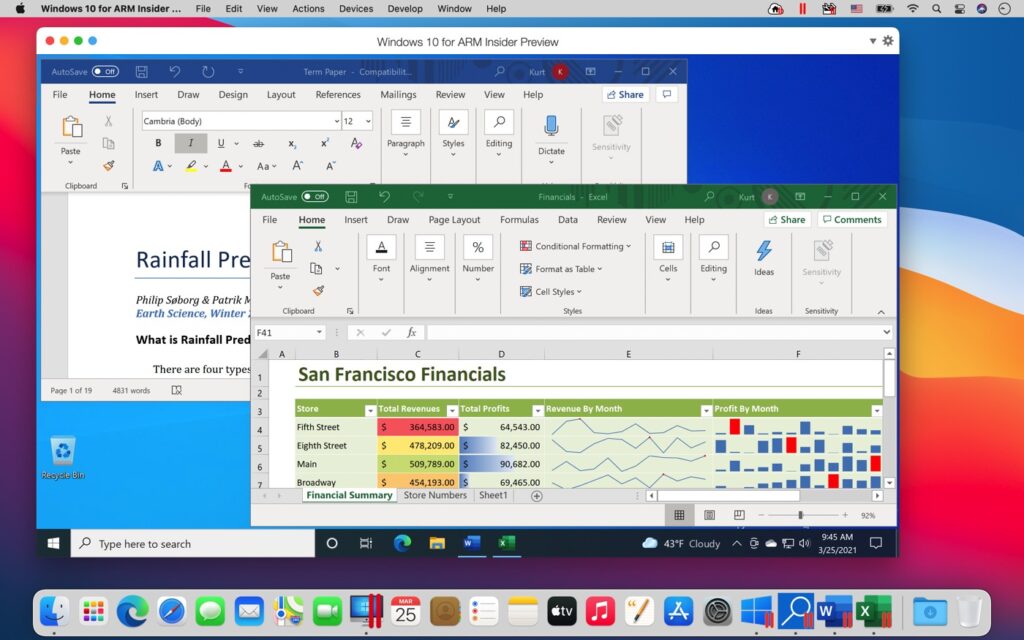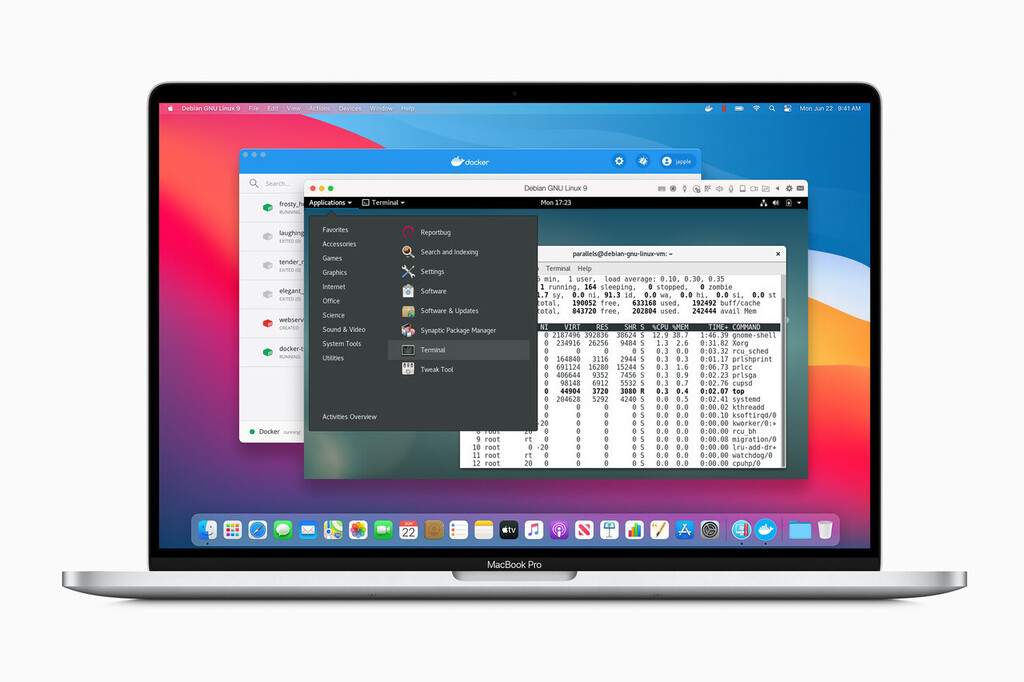
- #Microsoft office on macbook m1 for mac#
- #Microsoft office on macbook m1 windows 10#
- #Microsoft office on macbook m1 software#
- #Microsoft office on macbook m1 license#
- #Microsoft office on macbook m1 windows#
#Microsoft office on macbook m1 for mac#
"We are excited to announce that starting today we are releasing new versions of many of our Microsoft 365 for Mac apps that run natively on Macs with M1. Now, American technology major Microsoft has announced that five of its Office applications now support the new Apple Mac PCs.
#Microsoft office on macbook m1 software#
There was apprehension among consumers and tech critics about the early compatibility of Microsoft Office and other popular application software with the new Apple M1-based laptops.
#Microsoft office on macbook m1 windows#
However, CrossOver should still be seen as a stop-gap solution, as it’s always fallen somewhat short of virtualization apps that can support the entire Windows operating system environment, although Federighi also pointed to Windows in the cloud as another possible way ahead.Last month, Apple unveiled the much anticipated new MacBook Air, Pro, and Mac mini, which are powered by the proprietary M1 silicon processor. Commentįederighi also mentioned using CrossOver as an alternative, which can run many Intel-based Windows apps in emulation using the Rosetta 2 layer in macOS, and it does so astonishingly well considering how much emulation is going on under the hood - a testament to just how powerful Apple’s M1 chip really is. As Federighi told John Gruber of Daring Fireball in an interview earlier this year, “We’re not direct booting an alternate operating system,” adding that “Pure virtualization is the route forward” since the new Apple Silicon architecture is so much more efficient and powerful. However, even if Microsoft were to change course, this likely doesn’t mean we’ll see a return of Boot Camp on the M1 Macs or future Apple Silicon Macs.
#Microsoft office on macbook m1 windows 10#
A Microsoft spokesperson affirmed to The Verge back in June that “Microsoft only licenses Windows 10 on ARM to OEMs,” and when asked about support for ARM-based Macs, simply added that “we have nothing further to share at this time,” even though the two companies are working closely in other areas, such as ensuring compatibility with Microsoft Office on Apple Silicon Macs.

So far, Microsoft hasn’t offered any clues about whether it will be willing to open up the ARM-based version of Windows to Mac users, but for now the answer remains no. Craig Federighi, Apple Senior Vice President, Software Engineering But the Macs are certainly very capable of it.
#Microsoft office on macbook m1 license#
But that’s a decision Microsoft has to make, to bring to license that technology for users to run on these Macs. We have the core technologies for them to do that, to run their ARM version of Windows, which in turn of course supports x86 user mode applications. In an interview with Ars Technica, Federighi joined his colleagues Johny Srouji and Greg Joswiak to talk about Apple Silicon in general, and while much of it touted the great things we’ve already heard about the M1 SoC and the future of Apple’s own chip development, when it came to running Windows on M1 Macs, Federighi made it clear that there’s no reason Apple’s new architecture won’t support it, but it’s ultimately up to Microsoft to make that call.


Notably, though, Apple isn’t ruling out the possibility of being able to run Windows on M1 Macs, and in fact Apple’s Senior VP of Software Engineering, Craig Federighi, has punted that ball solidly into Microsoft’s court. It’s not so much the virtualization itself - Parallels is already at work on an ARM-based version of Parallels Desktop for Apple’s new M1 Macs - but whether it will be possible to run the Windows operating system in that environment from both a technical and legal perspective.Īt this point, Microsoft only offers an ARM-based version of the Windows operating system to very specific hardware platforms, such as its own Surface tablets which use Qualcomm chips it’s not available for normal consumers to simply purchase off the shelf.įurther, even though it could be theoretically possible for Parallels to emulate the x86 instruction set to natively run the standard Intel version of Windows, there’s a quagmire of licensing issues to sort out that would prevent end users from legally doing so, and might even block companies like Parallels from actually offering support for it - at least officially.


 0 kommentar(er)
0 kommentar(er)
